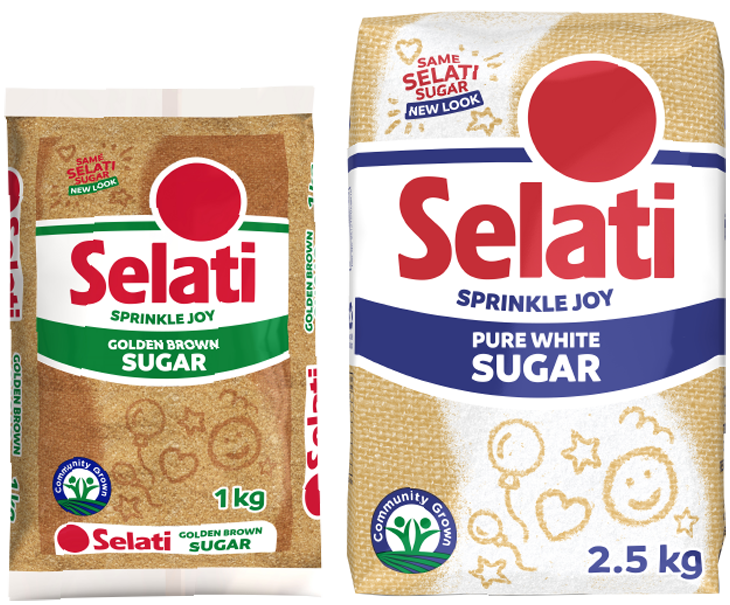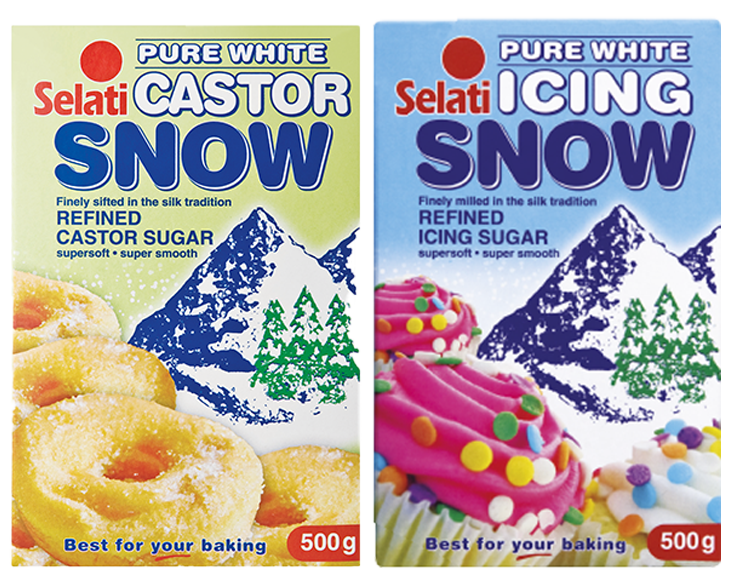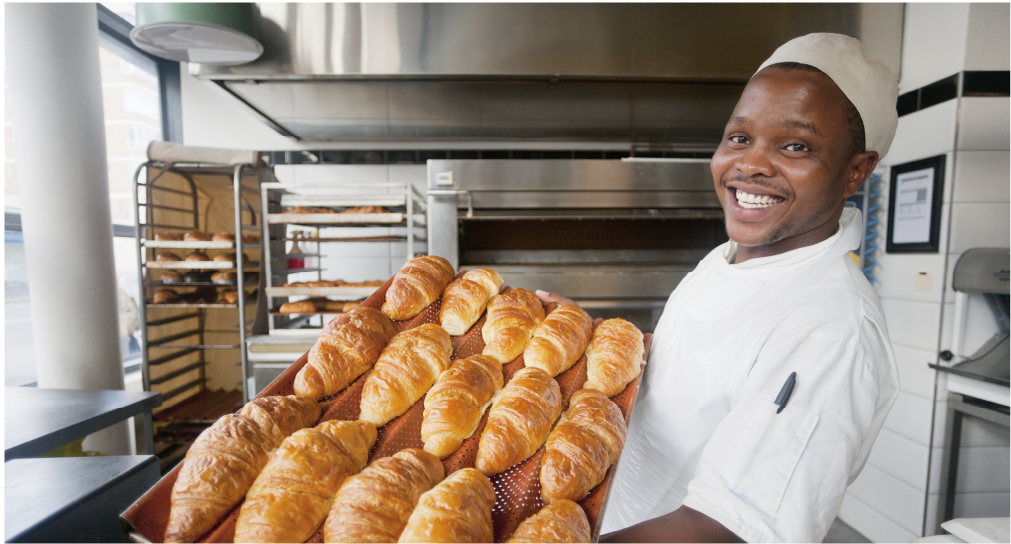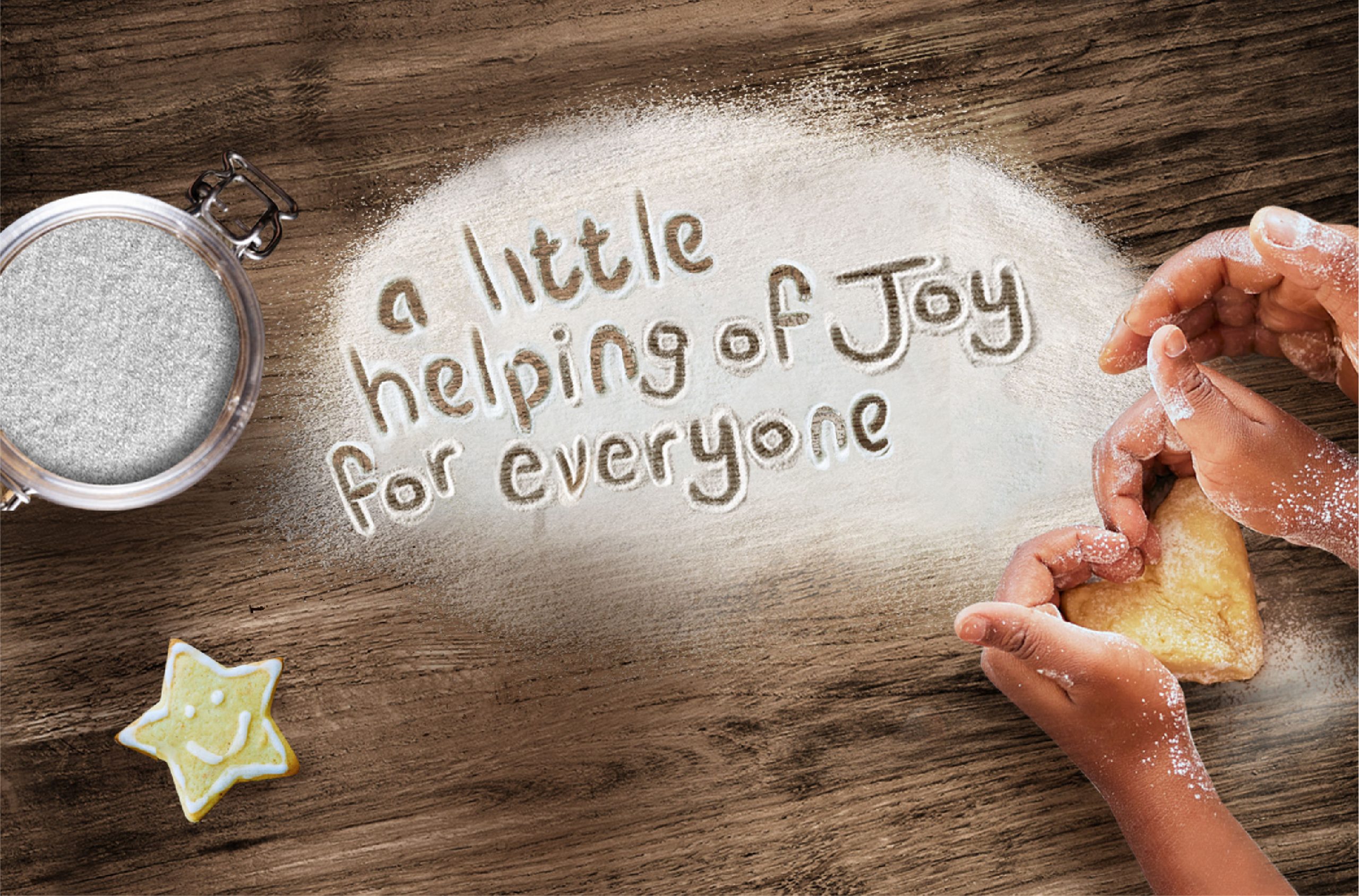
Grown Locally To Deliver
The Highest Quality,
Purest Sugar
The Joy Of South Africa
For almost sixty years, Selati has found its place in the hearts and cupboards of South Africans. Our mission is simple yet profound: to spread joy. And we do just that by empowering local growers and giving back to communities – sprinkling joy into everyday life.
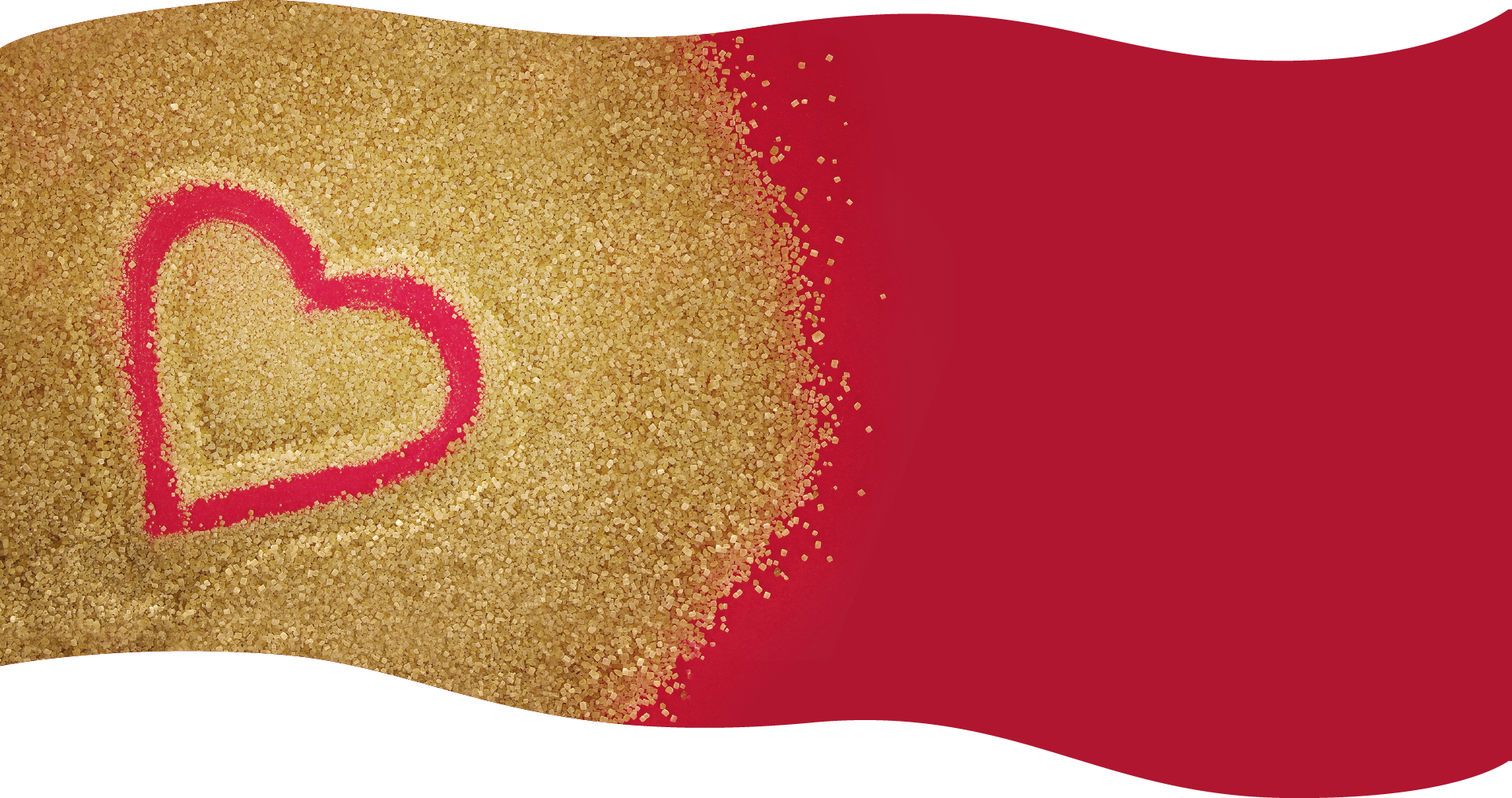
Why Selati?
- 58 years of farming joy
- SA’s no 1 brown sugar brand
- 5 sugar categories
- Sustainable farming practices
Made With Love
Celebrate life’s little moments with a
touch of sweetness.
Stock Up On Selati
We supply the baking, food processing, confectionary and beverage industries.
You’ll find Selati on the shelves at your
local store.
